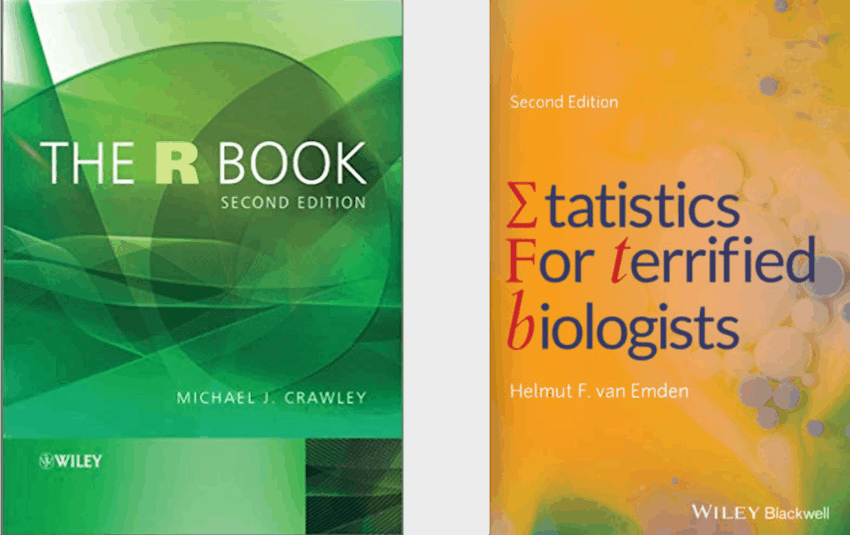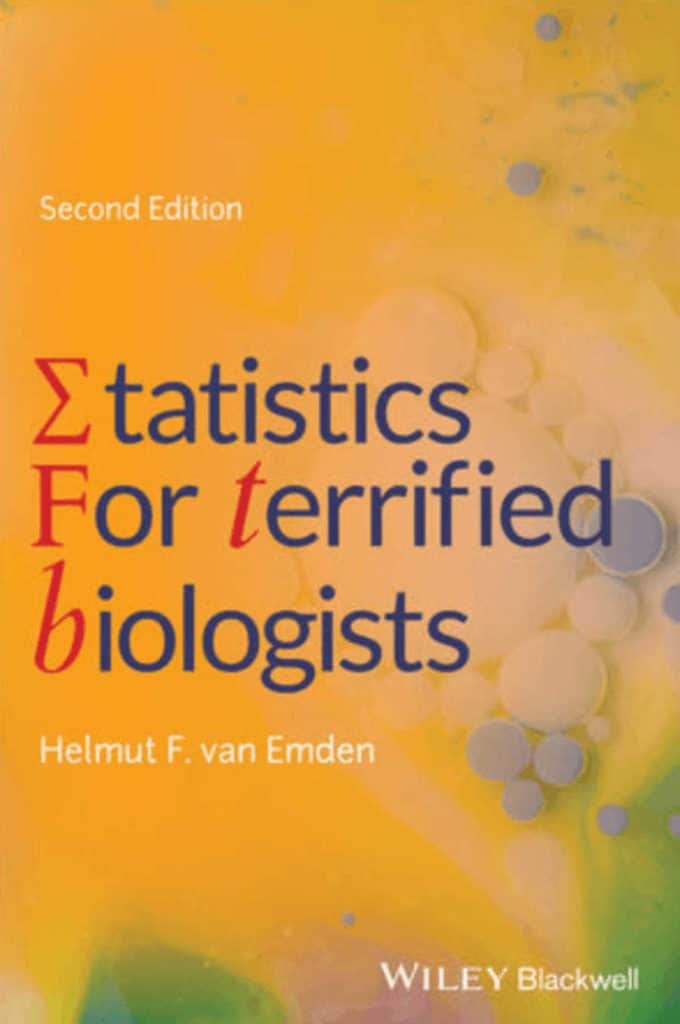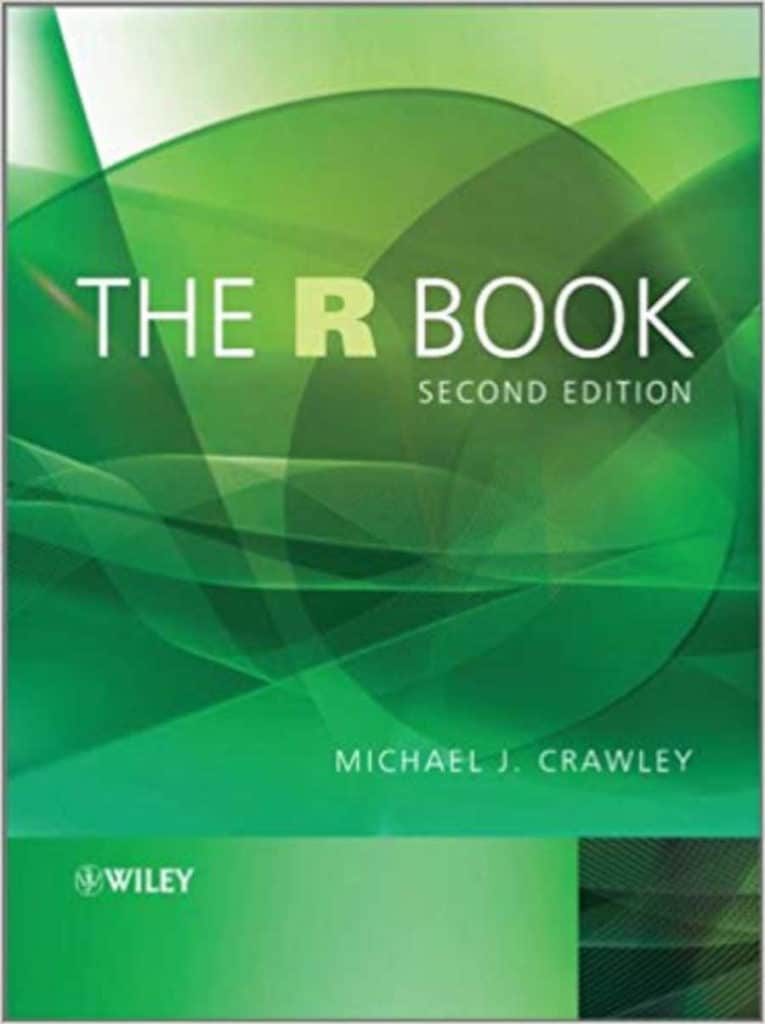*This post contains affiliate links. As an Amazon Associate, I earn from qualifying purchases. This means when you make a purchase, I get a commission at no cost to you! Read more about my affiliates on my Affiliate Links Disclaimer.
Statistics does not come easy to me! Well, maybe it does, but the way it has been taught to me has certainly not made it easy. One minute I would be following the teacher along just fine understanding coin tosses and the next minute I was lost in a world of complex equations.
What happened to the coins?
As a wildlife biologist of over 17 years now, I cannot emphasize enough how important it is to learn statistics and modeling. People think that wildlife biology is all about going to the field and watching animals, but that’s no longer true.
With the rise of big data through sensors like sophisticated GPS trackers downloading location points seconds apart per animal, citizen scientists collecting data around the world from their phones like in eBird, or camera traps collecting thousands of photos, the future is quantitative.
Lots and lots of data means you need to understand statistics well to be able to analyze it.
[mailerlite_form form_id=3]Since courses didn’t work out so well for me in graduate school and I had my own data to analyze to finish my dissertation, I had to teach myself statistics. Not to mention, even if you do have a good teacher, you will likely still have to look up a lot.
Your data is real and unique. It’s not the perfect data sets meant to teach you a clearcut point. This means that you will have to learn on your own.
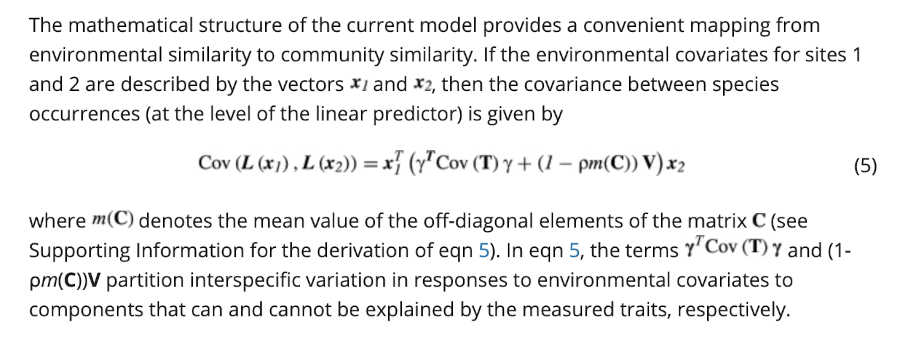
The books that I recommend are not necessarily big data books (and definitely not the first one). But they are books for people (like myself) who have a hard time making the transition from coin flips to complex ecological models.
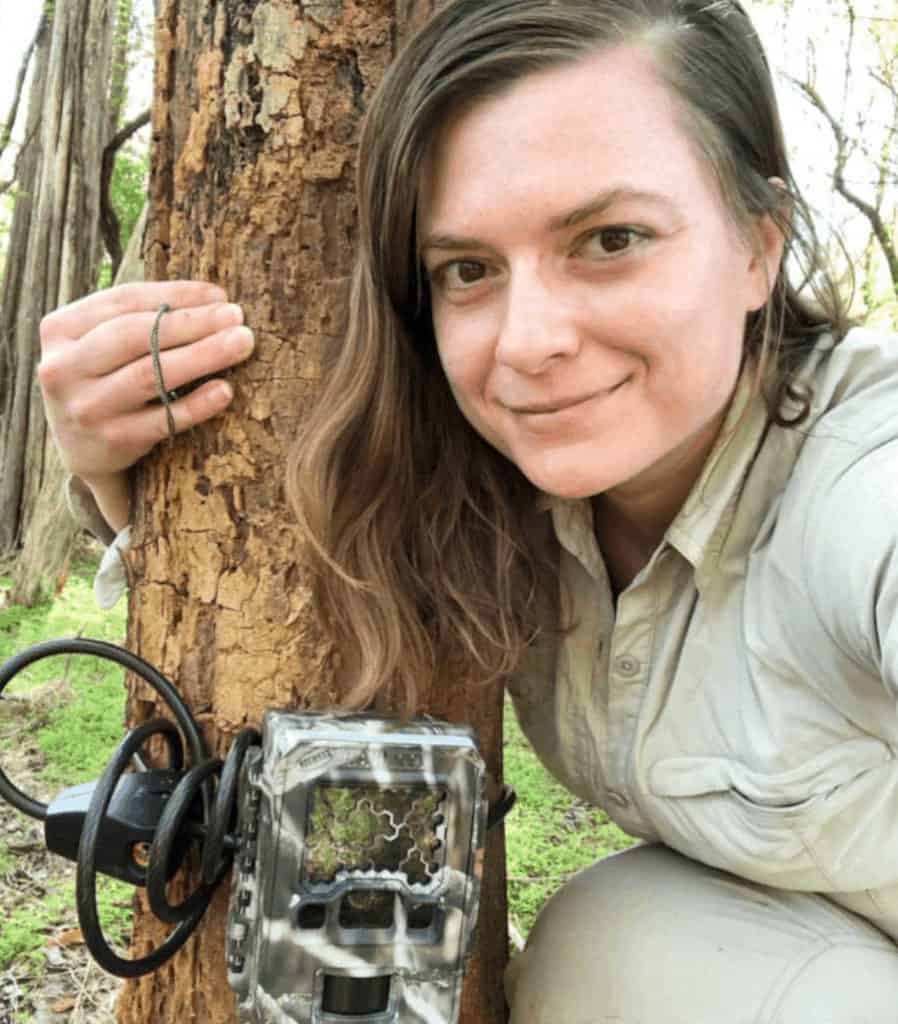
Here are my favorite two books for wildlife biologists that are scared or intimidated by statistics:
Best Statistics Book: Beginner
This first book is VERY basic. Like very, very basic. But I include it here because it really does explain things well and thoroughly: Statistics for Terrified Biologists by van Emden. This book really lays it all out, takes you through rudimentary statistics slowly and and explains concepts with real words, not jargon. I think it’s a great book.
Best Statistics Book: Intermediate to Advanced
The second book I recommend is actually a book about how to code in a statistical program that most wildlife biologists use called R: The R Book by Crawley. While this book definitely does that, it’s also is a great book for learning about statistics too.
Like the first book, I find that this book explains concepts with less jargon and more thorough examples. This books the basics, but is also great for more advanced statistics. My research constantly evolves and I use it all of the time. I love it.
Those are the books that I’ve found to be the best for statistics. If you want more help for R, outside of the book above, I’ve found the best success to be from googling questions.

Free Resources to Help You in R
- Swirl, an interactive program to teach you R in R
- Resources from Statistics professor Amelia McNamara
- Quick R
- R Bloggers
- STHDA
- Plotly
- Ecology in R Facebook Group
Additional Resources to Help You in R
Additionally, one of my students gave me some resources she used to learn R:
Udemy.com (Courses are listed at $100 or more, but if you click the sale at the top, it drops the price dramatically to less than $20).
The Ecological Society of America usually has affordable courses too.
Do you have a book you love? Let me know and I’ll check it out. Check out my beginner’s tips for a career in wildlife biology.
Love this post? Share it with friends!

